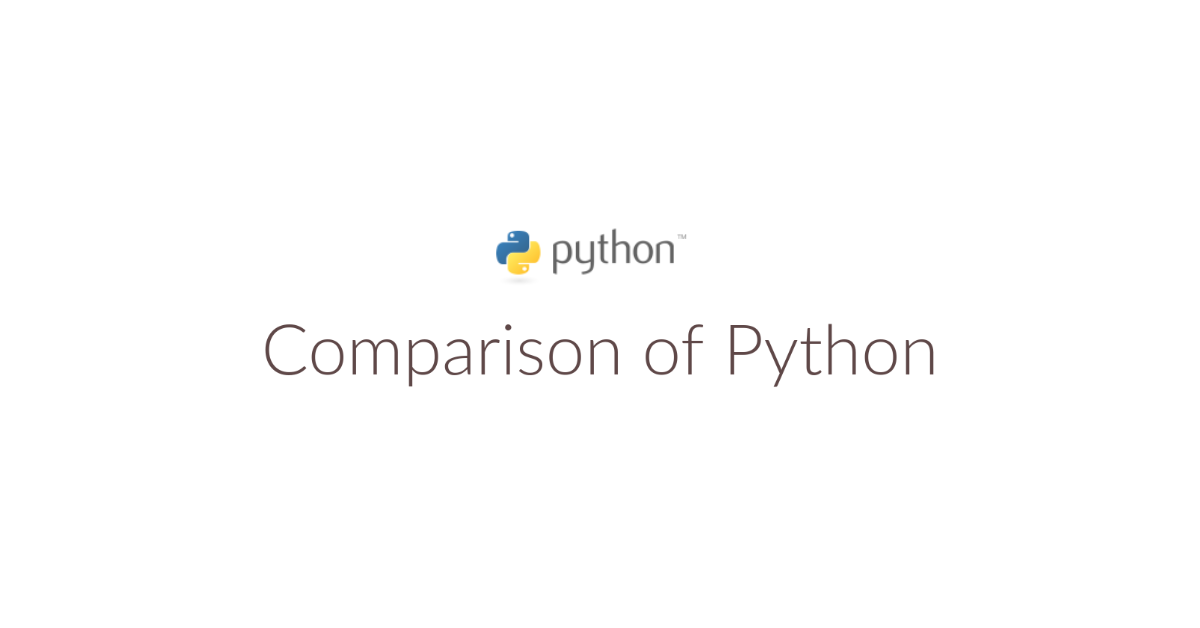A comparison of Python to other programming languages, highlighting its strengths and use cases.

Python is a popular, high-level programming language with a strong emphasis on readability and simplicity. It is often compared to other languages such as Java, C++, and Ruby, as well as interpreted languages such as JavaScript and PHP.
Here are some of the main strengths and use cases of Python:
1. Readability
Python code is often described as “readable,” meaning that it is easy to understand and follow, even for people who are new to programming. This is due in part to Python’s use of indentation to indicate blocks of code, as well as its use of natural language keywords rather than punctuation.
2. Simplicity
Python is often praised for its simplicity and ease of use, especially when compared to languages with more complex syntax. This makes it a good choice for beginners, as well as for tasks that require a lot of prototyping and experimentation.
3. Productivity
Python’s large standard library and numerous third-party libraries make it easy to get things done quickly. For example, Python has built-in support for networking, data persistence, and threading, as well as libraries for scientific computing, web development, and machine learning.
4. Versatility
Python is used for a wide range of tasks, including web development, scientific computing, data analysis, and automation. It is also commonly used as a scripting language for other applications.
5. Community
Python has a large, active community of users and developers, which makes it easy to find help and resources online. There are also many conferences, meetups, and online communities dedicated to Python.
In terms of comparisons to other languages, here are a few key points to consider:
1. Java
Java is a popular, statically-typed language that is widely used in enterprise settings. It is generally considered to be more verbose and complex than Python, but it also has a number of strengths, such as strong support for object-oriented programming and better performance.
2. C++
C++ is a powerful, compiled language that is often used for low-level tasks, such as operating systems, drivers, and performance-critical applications. It is generally considered to be more complex and difficult to learn than Python, but it also offers more control and flexibility.
3. Ruby
Ruby is a dynamically-typed, interpreted language that is often used for web development and scripting. It is known for its simplicity and flexibility, as well as its support for object-oriented programming and design patterns.
4. JavaScript
JavaScript is a popular, dynamically-typed language that is commonly used for web development and client-side scripting. It is often compared to Python due to its use of indentation and similar syntax, but it has a different set of strengths and use-cases.
5. PHP
PHP is a dynamically-typed language that is commonly used for server-side web development. It is often used in conjunction with HTML and CSS to create dynamic, interactive websites.
Overall, Python is a versatile, easy-to-learn language that is suitable for a wide range of tasks. Its strengths include readability, simplicity, and a large standard library, as well as an active community of users and developers.





